Home>Garden Essentials>How Long Does It Take Catnip To Germinate?
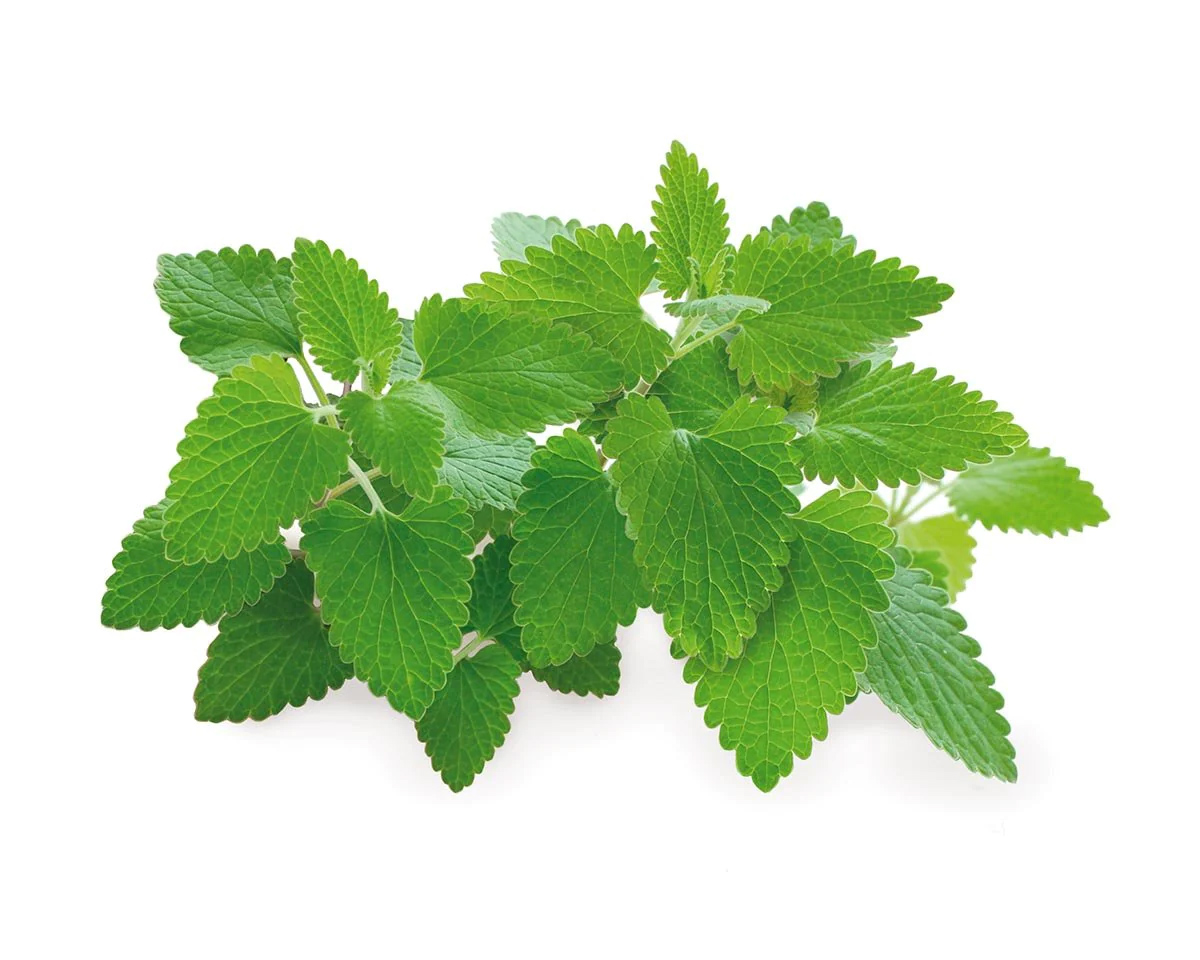

Garden Essentials
How Long Does It Take Catnip To Germinate?
Modified: March 16, 2024
Discover how long it takes for catnip seeds to germinate in your garden. Explore tips and techniques for successful catnip cultivation.
(Many of the links in this article redirect to a specific reviewed product. Your purchase of these products through affiliate links helps to generate commission for Storables.com, at no extra cost. Learn more)
Introduction
Have you ever wondered how long it takes for catnip seeds to germinate? Whether you’re a seasoned gardener or a curious cat owner, understanding the germination process of catnip seeds can help you successfully grow this beloved herb. Catnip, also known as Nepeta cataria, is a perennial herb in the mint family that is known for its intoxicating effects on cats.
Not only does catnip provide endless entertainment for our feline friends, but it also has several uses for humans. It has been used for centuries in traditional medicine to relieve symptoms of insomnia, anxiety, and indigestion. Additionally, catnip can be brewed into a relaxing tea or incorporated into various culinary dishes to add a unique flavor profile.
To successfully grow catnip, it’s important to understand the germination process and the factors that influence it. In this article, we will explore the germination process of catnip seeds, factors affecting their germination, ideal growing conditions, average germination time, and some tips for successful seed germination.
Key Takeaways:
- Catnip seeds typically germinate within 7 to 14 days, but patience is key as some seeds may sprout earlier than others. Providing warmth, moisture, and light or darkness is crucial for successful germination.
- To ensure successful catnip seed germination, start with fresh, high-quality seeds, gently scarify them, and provide optimal conditions including warmth, moisture, and proper spacing. Enjoy the rewarding experience of watching your catnip thrive!
Read more: How Long Does It Take Turnips To Germinate
What is Catnip?
Catnip, scientifically known as Nepeta cataria, is a perennial herb in the mint family Lamiaceae. Native to Europe and Asia, it is now widely cultivated and naturalized in North America. Catnip is known for its unique scent and its effect on cats, causing them to exhibit playful and often amusing behavior.
The active ingredient in catnip that induces this response in cats is called nepetalactone. This compound acts as a stimulant, triggering a series of behaviors like rolling, rubbing, and leaping. Not all cats are affected by catnip, as the response is hereditary and only around 50-75% of cats are genetically predisposed to react to it.
Aside from its effects on cats, catnip has a long history of use in traditional medicine. It has been documented for centuries as a natural remedy to relieve various ailments. Its leaves and flowers contain volatile oils, tannins, and flavonoids that contribute to its medicinal properties.
Catnip has been commonly used to alleviate symptoms of anxiety, insomnia, and digestive issues. It has a calming effect on the nervous system when consumed as a tea or infused into oils. Additionally, it can be used topically to soothe skin irritations or as an insect repellent. Some people also enjoy catnip tea for its mild sedative properties.
In the culinary world, catnip is not widely used, but it can add a unique flavor when incorporated into certain dishes. It has a slightly minty and earthy taste, making it a suitable addition to herbal teas, sauces, salads, and even sweets. Its versatility in both medicinal and culinary applications makes catnip an intriguing herb to grow and experiment with in your garden.
Now that we understand what catnip is and its various uses, let’s delve into the process of germinating catnip seeds to successfully grow this remarkable herb.
Germination Process of Catnip Seeds
The germination process of catnip seeds is quite straightforward, although it requires specific conditions to ensure successful sprouting. Here’s a step-by-step breakdown of the germination process:
- Seed Preparation: Before sowing the catnip seeds, it is recommended to scarify them gently. This involves lightly scratching the seed coat to break its outer layer, allowing moisture to penetrate and promote germination. You can achieve this by gently rubbing the seeds between fine-grit sandpaper or soaking them in warm water overnight.
- Sowing the Seeds: Catnip seeds can be sown indoors or directly in the garden, depending on your preference and growing season. If sowing indoors, use seed trays or small pots filled with a well-draining seed-starting mix. Place one or two seeds in each container, covering them with a thin layer of soil. If sowing directly in the garden, choose a sunny spot with well-draining soil.
- Moisture and Temperature: Catnip seeds require consistent moisture and warmth to germinate successfully. Keep the soil slightly damp, avoiding both overwatering and letting it dry out completely. Maintaining a temperature between 60 to 70°F (15 to 21°C) is optimal for seed germination.
- Light or Darkness: Catnip seeds can germinate in both light and darkness, so it’s up to personal preference. If sowing indoors, you can cover the trays or pots with a clear plastic lid or plastic wrap to create a humid environment. If sowing in the garden, gently press the seeds into the soil without covering them, ensuring they have good contact with the soil.
- Germination Time: Under ideal conditions, catnip seeds usually germinate within 7 to 14 days. However, it’s important to note that germination can be inconsistent, with some seeds sprouting earlier while others take longer. Be patient and continue to provide the necessary care and conditions for germination.
Once the catnip seeds have germinated and sprouted into seedlings, they can be gradually acclimated to outdoor conditions if started indoors. This process, known as hardening off, involves exposing the seedlings to increasing amounts of sunlight and outdoor temperatures over a period of several days.
Now that you understand the process of germinating catnip seeds, let’s explore the factors that can influence the success of germination.
Factors Affecting Catnip Seed Germination
While the germination process of catnip seeds is relatively simple, it can be influenced by various factors. Understanding these factors will help you create the optimal conditions for successful germination. Here are some of the key factors that can affect catnip seed germination:
- Seed Quality: The quality of the catnip seeds you use plays a crucial role in germination. It is important to obtain high-quality seeds from a reputable source to ensure a higher germination rate. Fresh seeds will have a better chance of sprouting successfully.
- Scarification: As mentioned earlier, scarifying catnip seeds can help improve germination rates. By gently scratching the seed coat, you assist in breaking through the tough outer layer, allowing moisture to reach the embryo inside, which promotes germination.
- Temperature: The temperature at which catnip seeds are kept during the germination process is vital. Catnip seeds require a temperature range of 60 to 70°F (15 to 21°C) to germinate optimally. Providing consistent warmth helps stimulate the seeds to sprout. Using a heat mat or placing the seeds in a warm area can aid in maintaining the right temperature.
- Moisture: Adequate moisture is essential for catnip seed germination. Sufficient but not excessive moisture levels should be maintained throughout the germination process. Keeping the soil slightly damp, but not waterlogged, ensures the seeds have the moisture they need to initiate germination. Consistent watering or misting can help maintain moisture levels.
- Light vs. Darkness: Catnip seeds can germinate in both light and darkness, providing some flexibility in their growing conditions. If you choose to cover the seeds during germination, be sure to remove the cover once the seeds have sprouted, as catnip seedlings require light to grow and develop.
- Soil Quality: The quality of the soil in which you sow catnip seeds can impact germination. The soil should be well-draining to prevent waterlogging, which can lead to rotting of the seeds. Prior to sowing, ensure the soil is loose, fertile, and contains organic matter. If needed, amend the soil with compost or well-rotted manure to improve its quality.
By taking these factors into consideration and providing optimal conditions, you can significantly increase the chances of successful germination for your catnip seeds. Now that we’ve covered the factors that affect germination, let’s explore the ideal growing conditions for catnip seeds.
Catnip seeds typically germinate within 7-10 days when planted in well-draining soil and kept consistently moist. Providing warmth and light can also help speed up the germination process.
Ideal Growing Conditions for Catnip Seeds
Providing the ideal growing conditions for catnip seeds is essential to ensure healthy plant development and a bountiful harvest. Here are the key factors to consider when creating the perfect environment for your catnip seeds:
- Sunlight: Catnip thrives in full sun to partial shade. Ensure that the planting location receives at least 6 hours of direct sunlight each day for optimal growth. If you’re growing indoors, place the catnip near a bright window or provide supplementary artificial lighting.
- Temperature: Catnip is a hardy herb that can tolerate a wide range of temperatures. However, it prefers moderate temperatures between 60 to 75°F (15 to 24°C). Avoid extremely high temperatures, as they can cause the plant to wilt and suffer. In colder regions, grow catnip as an annual or provide frost protection during winter.
- Soil: Catnip grows best in well-draining soil with a slightly alkaline to neutral pH level, ranging from 6.1 to 7.8. Ensure the soil is rich in organic matter, as this helps retain moisture while also providing essential nutrients to the plants. Sandy loam or loamy soil types are often suitable for catnip cultivation.
- Watering: Catnip is drought-tolerant once established, but consistent watering is crucial during the seed germination and early growth stages. Keep the soil evenly moist, but not waterlogged, to encourage healthy root development. Water the plants deeply when the top inch of soil feels dry.
- Spacing: When planting catnip seeds or seedlings, space them around 18 to 24 inches (46 to 61 cm) apart. This allows sufficient airflow between the plants, reducing the risk of humidity-related diseases. Adequate spacing also prevents overcrowding and competition for nutrients.
- Fertilization: Catnip doesn’t require heavy fertilization, but adding organic compost or well-balanced slow-release fertilizer during planting can promote healthy growth. Avoid excessive nitrogen as it can lead to excessive foliage growth with reduced essential oil production.
- Pest and Disease Control: Catnip is generally resistant to pests and diseases. However, it may occasionally attract aphids, spider mites, or flea beetles. Regularly inspect the plants for any signs of pests and address them promptly using natural pest control methods. Proper spacing and good ventilation can also help prevent disease issues.
By providing these ideal growing conditions, you can create a thriving environment for your catnip plants to flourish. Now, let’s explore the average germination time of catnip seeds.
Average Germination Time of Catnip Seeds
The average germination time of catnip seeds can vary depending on various factors, including the quality of the seeds and the growing conditions provided. Under optimal conditions, catnip seeds typically germinate within 7 to 14 days.
It’s important to note that germination time can be influenced by factors such as temperature, moisture, and light. Providing consistent warmth between 60 to 70°F (15 to 21°C) can help speed up the germination process. Additionally, maintaining adequate moisture levels without overwatering is crucial for seed viability and sprouting.
However, it’s essential to remain patient, as germination can sometimes be inconsistent. Some seeds may sprout earlier, while others may take longer. Factors such as seed quality, scarification, and individual seed viability can contribute to this variation.
Throughout the germination process, regularly monitor the seeds and provide the necessary care. Keep the soil slightly damp, but avoid excessive moisture that can lead to rotting. Ensure that the seeds have good contact with the soil or growing medium, which facilitates the absorption of moisture.
Once the catnip seeds have germinated and sprouted into seedlings, they will continue to grow and develop into mature plants with proper care and maintenance. Be sure to provide adequate sunlight, water, and nutrient requirements to support their growth.
If you find that some seeds have not germinated after a few weeks, you can try re-sowing or scarifying them again to give them another chance at germination. However, it’s important to remember that not all seeds may successfully germinate, and it’s normal to have some level of variation in germination rates.
By understanding the average germination time and factors that affect it, you can better plan and manage the growth of your catnip plants. Now, let’s explore some tips for successful catnip seed germination.
Tips for Successful Catnip Seed Germination
To ensure successful catnip seed germination, there are several tips and strategies you can follow. By implementing these practices, you can increase the chances of successful sprouting and the overall health of your catnip plants. Here are some tips for successful catnip seed germination:
- Start with Fresh, High-Quality Seeds: Using fresh, high-quality catnip seeds is essential for optimal germination. Purchase seeds from a reputable source or collect them from a healthy catnip plant in your garden.
- Scarify the Seeds: Gently scarify the catnip seeds before sowing to improve germination rates. Lightly scratch the seed coat using fine-grit sandpaper or soak the seeds overnight in warm water.
- Choose the Right Growing Medium: Use a well-draining seed-starting mix or a combination of compost, vermiculite, and perlite to sow your catnip seeds. Avoid heavy soils that retain too much moisture, as this can lead to rotting.
- Provide Adequate Moisture: Keep the soil slightly damp during the germination process. Water the seeds gently to avoid displacing them or causing uneven moisture distribution. Misting the soil regularly can help maintain the necessary moisture levels.
- Maintain Optimal Temperature: Prolonged exposure to temperatures below 60°F (15°C) can impede germination. Ensure that the seeds are kept in a warm environment with temperatures ranging from 60 to 70°F (15 to 21°C).
- Consider Using a Heat Mat: If you are germinating catnip seeds indoors, using a heat mat set to the appropriate temperature can aid in germination by providing consistent warmth to the seeds.
- Take Advantage of Natural Light: Catnip seeds can germinate in both light and darkness. If you choose to cover the seeds during germination, be sure to uncover them once they have sprouted to expose them to natural light. If you’re growing indoors, place the seedlings near a sunny window or use artificial grow lights.
- Practice Proper Spacing: When sowing the seeds, ensure proper spacing between each seed or seedling to allow for adequate airflow and prevent overcrowding. This promotes healthier growth and reduces the risk of diseases.
- Be Patient and Keep an Eye: Germination can take time, so it’s important to be patient and avoid disturbing the seeds or seedlings unnecessarily. Monitor the progress regularly and provide the necessary care to support their growth.
- Transplant with Care: When the seedlings are ready for transplanting, handle them with care to avoid damaging the delicate roots. Transplant them into larger containers or into the garden, ensuring they have enough space to grow and access to adequate sunlight.
By following these tips, you can increase the likelihood of successful catnip seed germination and promote healthy growth for your plants. Remember to provide consistent care, including proper watering, sunlight, and protection from pests and diseases.
Now that you have a better understanding of catnip seed germination, you’re ready to start growing your own catnip plants. Enjoy the process and the rewarding experience of watching your catnip thrive!
Remember to have fun and embrace the joy that comes with gardening. Happy catnip growing!
Conclusion
Catnip, with its intoxicating effects on cats and its versatile uses for humans, is a delightful herb to have in your garden. Understanding the germination process of catnip seeds is crucial for successfully cultivating this herb. By following the tips and guidelines provided in this article, you can optimize the germination of catnip seeds and ensure the healthy growth of your plants.
During the germination process, factors such as seed quality, scarification, temperature, moisture, and light play vital roles. Providing the ideal growing conditions, including adequate sunlight, proper watering, well-draining soil, and appropriate spacing, will contribute to the overall success of your catnip plants.
Remember to use fresh, high-quality seeds and scarify them gently to improve germination rates. Maintain consistent warmth, moisture, and light or darkness throughout the germination process. Once the seeds have sprouted into seedlings, continue to provide optimal care, including proper spacing, fertilization, and pest control.
While catnip seed germination usually occurs within 7 to 14 days, it’s important to be patient and give some allowance for variation in germination rates. Not all seeds may sprout at the same time, but with patience and care, you can enjoy a successful catnip garden.
Catnip not only provides endless entertainment for cats but also offers medicinal and culinary benefits for humans. Its leaves and flowers contain compounds that have been used for centuries to alleviate anxiety, insomnia, and digestive issues. Catnip can also add a unique flavor profile to teas, sauces, salads, and more.
So, whether you’re a curious cat owner or someone interested in herbal remedies and culinary experimentation, growing catnip in your garden is a rewarding experience. The process of germinating catnip seeds brings you closer to the wonders of nature and allows you to witness the magic of plant growth firsthand.
Now that you have the knowledge and tips for successful catnip seed germination, it’s time to roll up your sleeves, get your hands dirty, and start planting. Enjoy the process, embrace the journey, and marvel at the beauty and benefits that catnip brings. Happy gardening!
Frequently Asked Questions about How Long Does It Take Catnip To Germinate?
Was this page helpful?
At Storables.com, we guarantee accurate and reliable information. Our content, validated by Expert Board Contributors, is crafted following stringent Editorial Policies. We're committed to providing you with well-researched, expert-backed insights for all your informational needs.





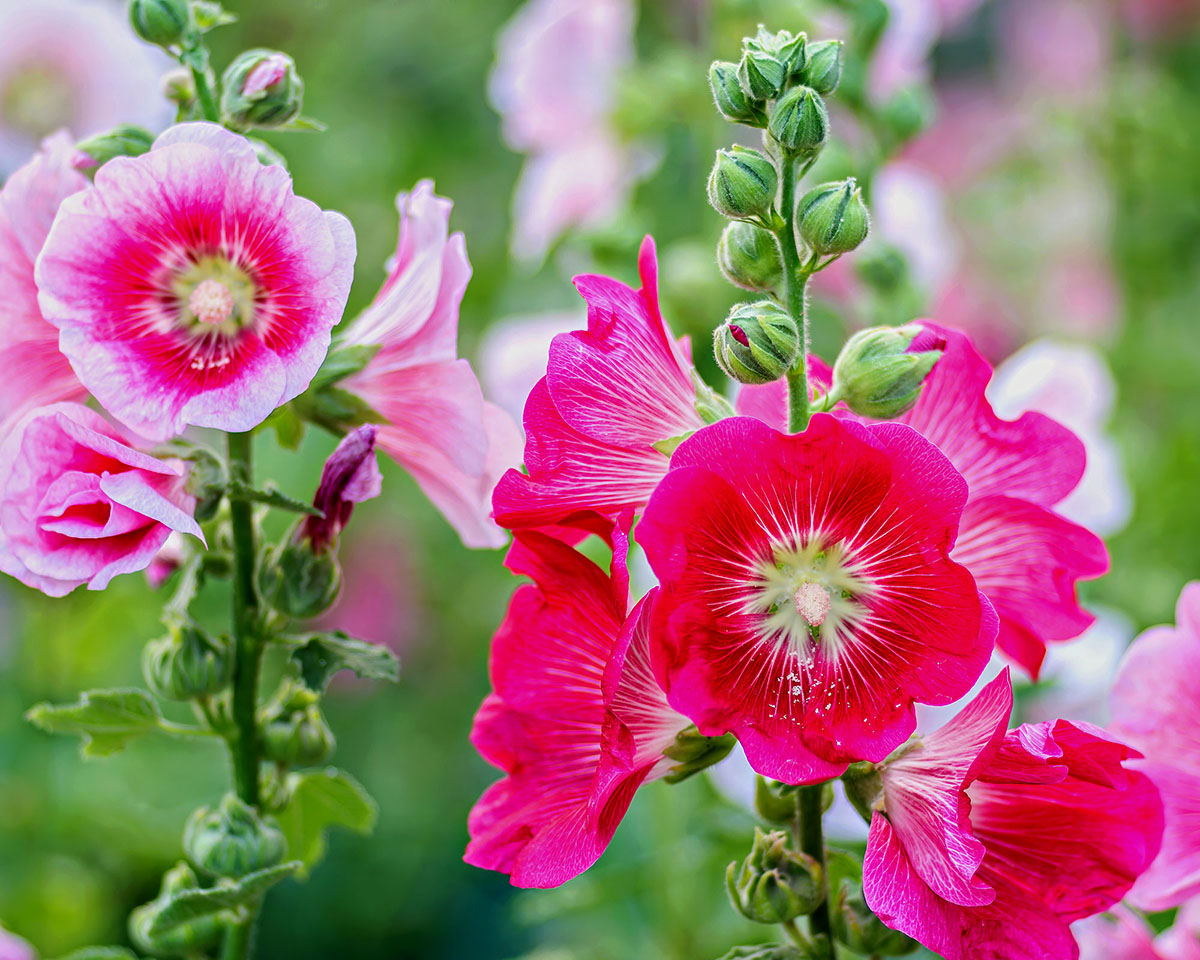
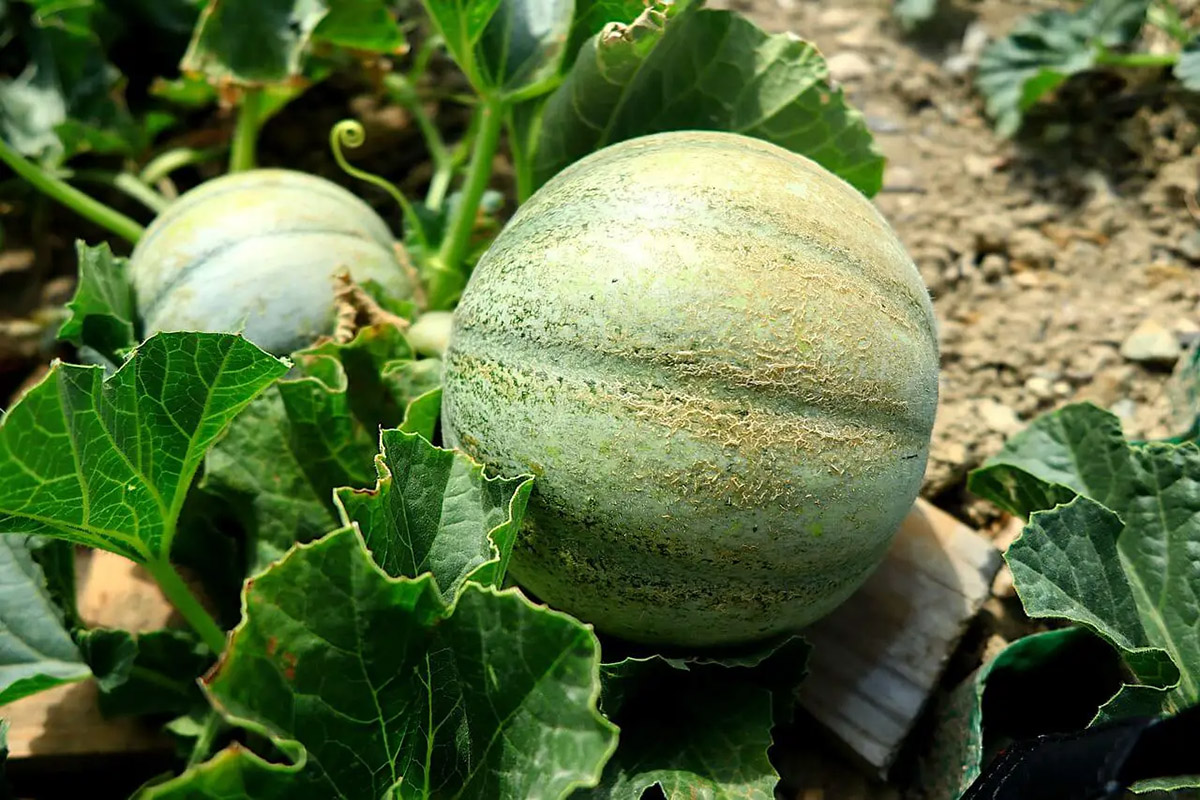
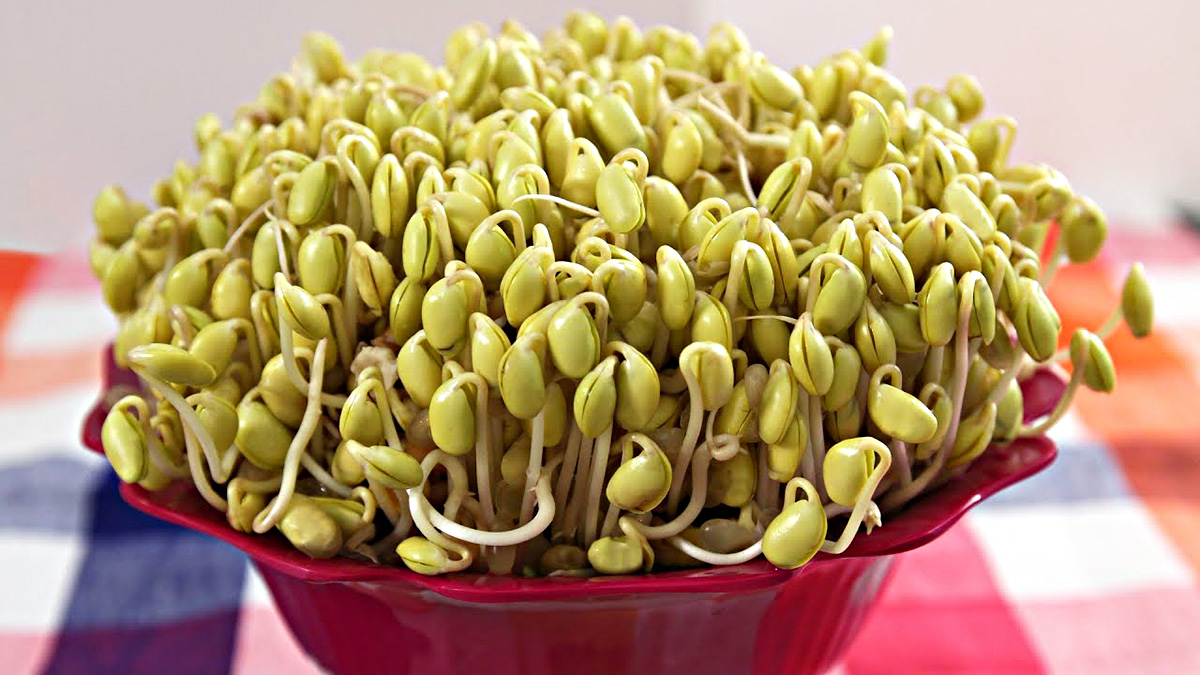
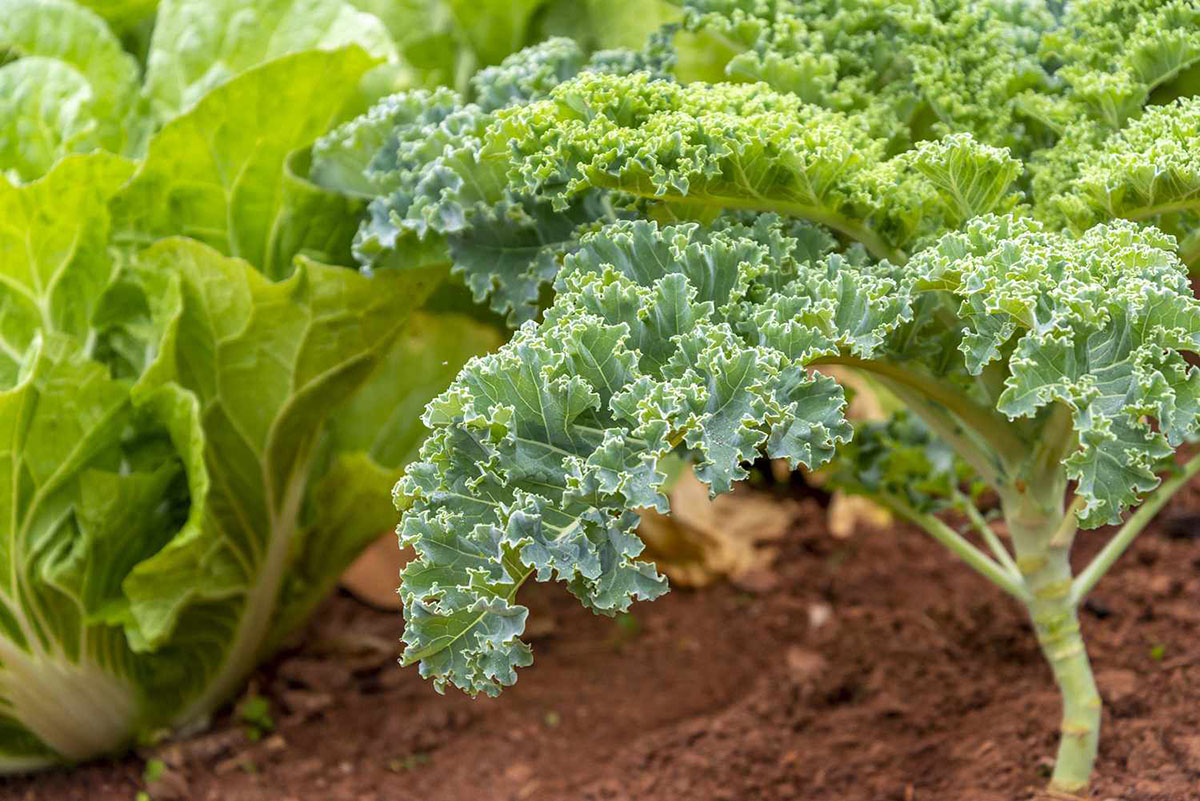
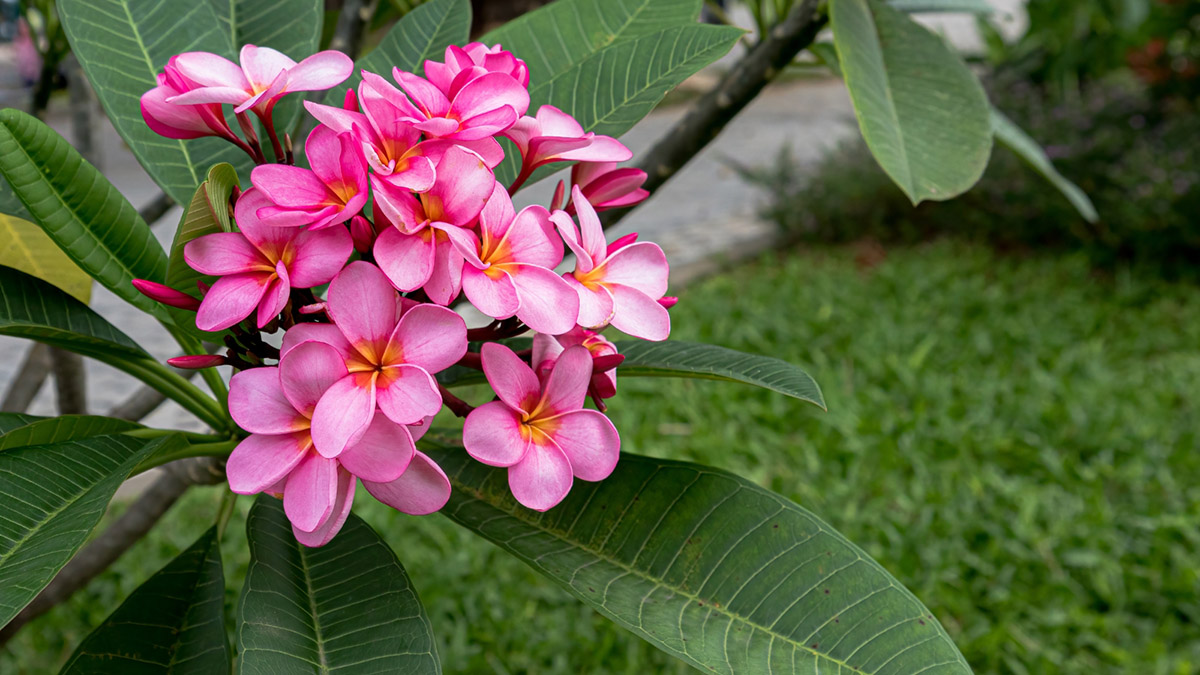
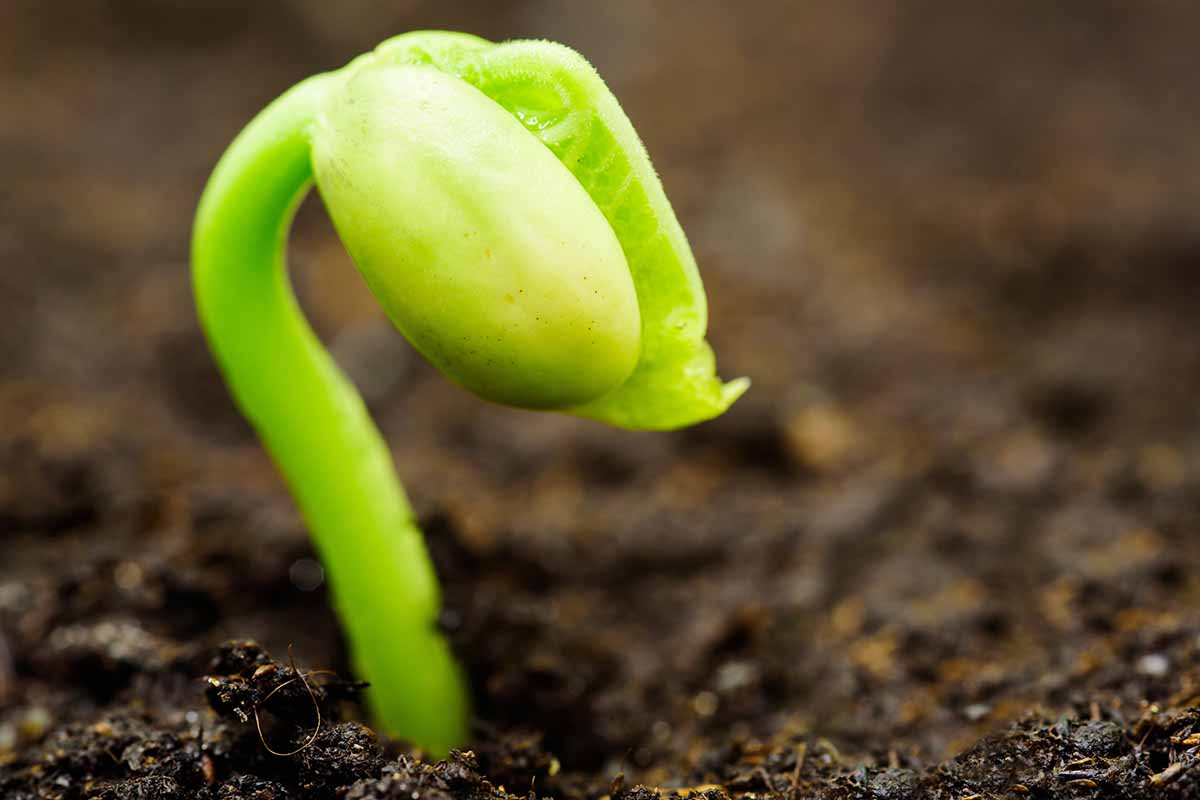
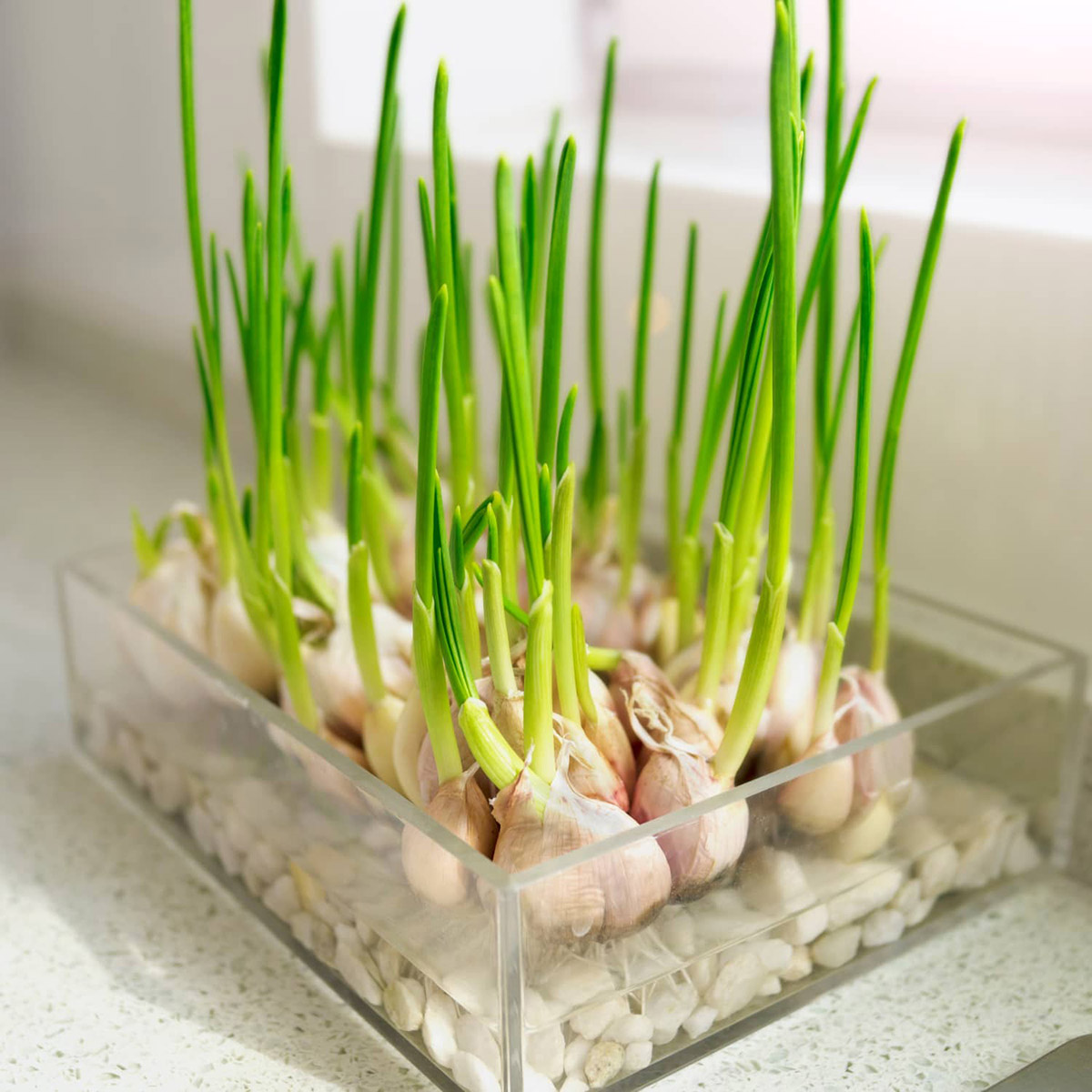
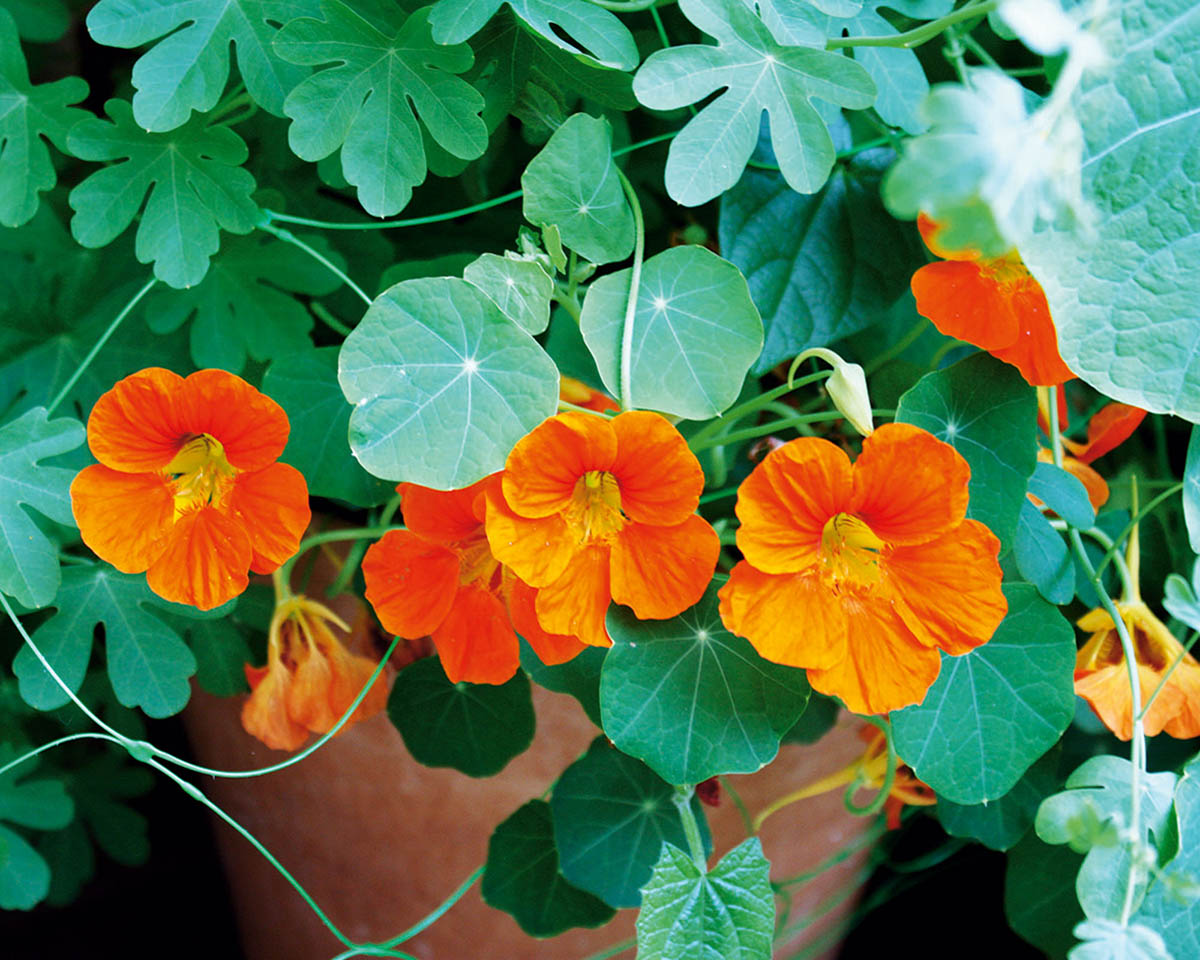
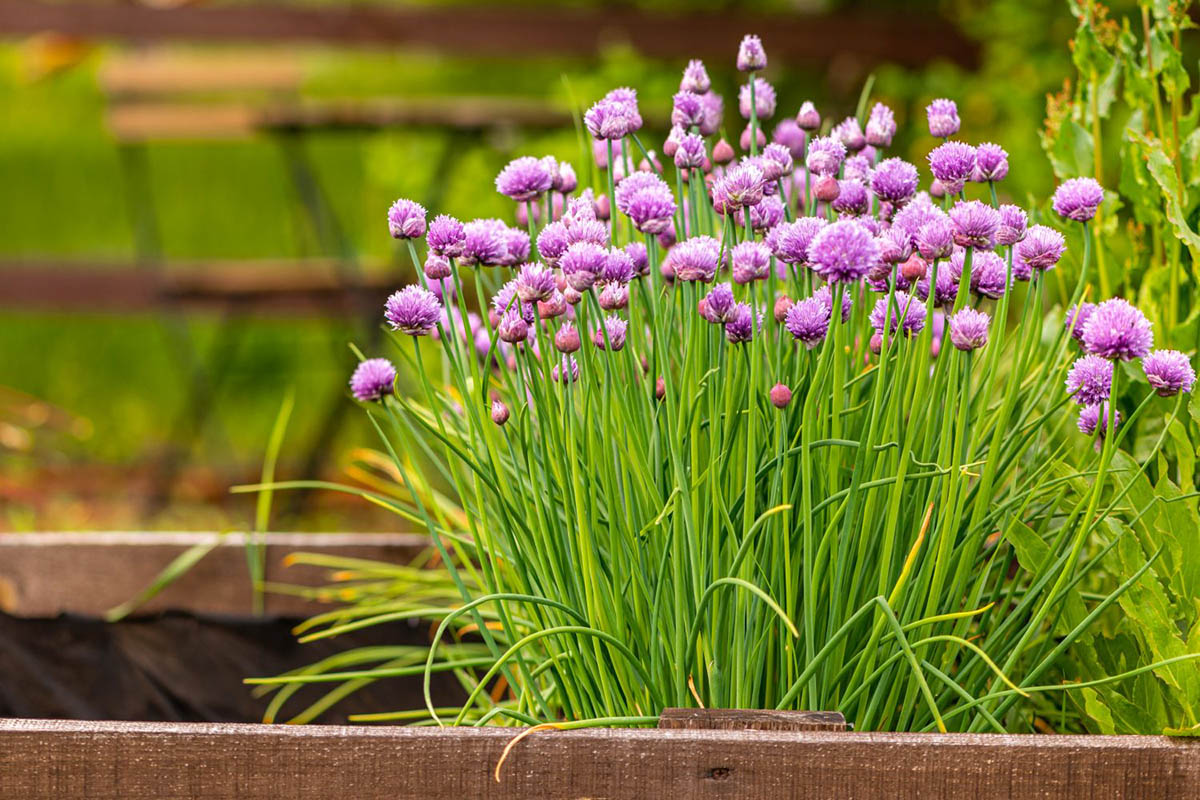

0 thoughts on “How Long Does It Take Catnip To Germinate?”